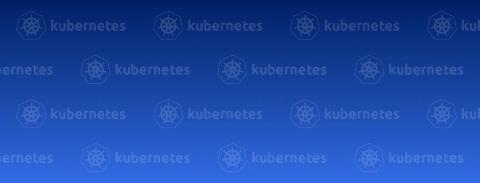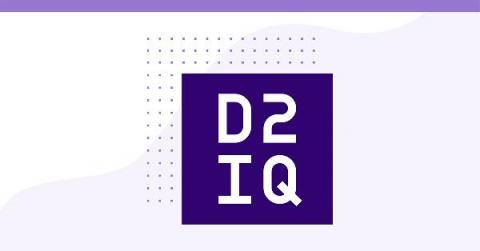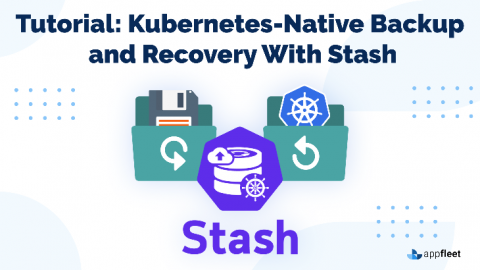How to monitor etcd
Learning how to monitor etcd is of vital importance when running Kubernetes in production. Monitoring etcd will let you validate that the service performs as expected, while detecting and troubleshooting issues that could take your entire infrastructure down. Keep reading to learn how you can collect the most important metrics from etcd and use them to monitor this service. etcd is a foundational component of the Kubernetes control plane.











